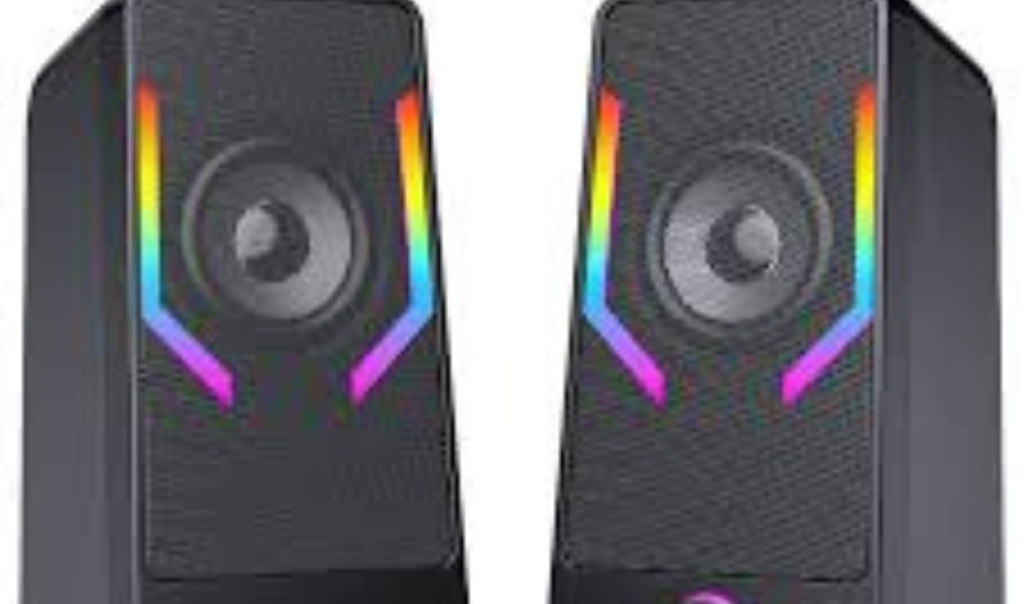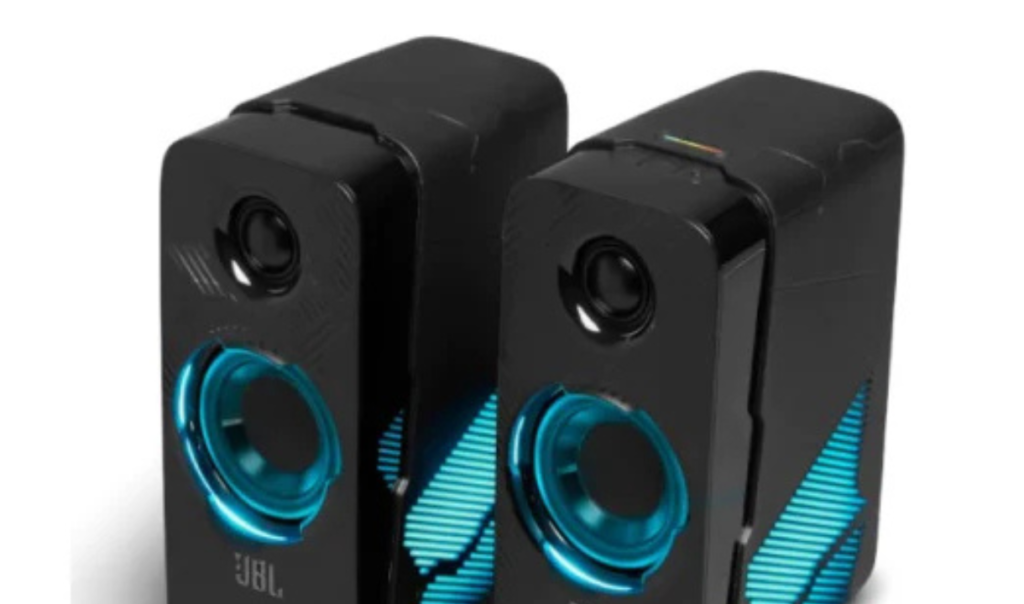Loudspeaker (Speaker System) – A Comprehensive Overview.
A loudspeaker, also referred to as a speaker or, more generally, a speaker system, is composed of an enclosure, electrical connections (including a crossover network), and one or more speaker drivers. The speaker driver is an electroacoustic transducer that transforms electrical audio impulses into analogous sounds.

How a Loud speakers Works.
A speaker driver functions similarly to a linear motor when it is attached to a diaphragm. This diaphragm moves air, producing sound waves. An audio signal, typically generated by a microphone, recorder, or radio transmission, is electronically amplified to a power level sufficient to drive the motor in order to replicate the original sound. This method is the reverse of how a microphone works. A dynamic microphone, which works as a generator in reverse, actually shares a basic construction with the most common type, a dynamic speaker driver.
The dynamic speaker was invented in 1925 by Edward W. Kellogg and Chester W. Rice. When an electrical current from an audio signal flows through a voice coil—a coil of wire that can move axially within a cylindrical gap that contains a concentrated magnetic field produced by a permanent magnet—Faraday’s Law of Induction causes the coil to move back and forth. When this movement is transmitted to the associated speaker cone or diaphragm (usually shaped like a cone for structural strength), sound waves are produced.

Types of Loudspeakers.
There are several other commercially available devices that convert electrical data into sound in addition to dynamic speakers. For a speaker to properly create sound, especially at low frequencies, the speaker driver must be enclosed in a framework that prevents sound waves from the diaphragm’s rear from canceling out the front waves. Usually, a speaker cabinet or enclosure—usually a rectangular wooden box, though sometimes made of plastic or metal—is used to do this. The enclosure design has a big impact on the final sound quality.
Most high-fidelity speaker systems consist of two or more speaker driver types, each with a specific frequency range of operation. Tweeters are tiny drivers that can reproduce the highest audio frequencies, mid-frequency drivers are known as mid-range drivers, and low-frequency drivers are known as woofers. Sometimes the lowest frequencies (20–50 Hz) are further enhanced using a subwoofer, which is usually housed in a separate enclosure.
Speaker System Components.
Crossover Network: In two-way or three-way speaker systems that function over two or three distinct frequency ranges, a crossover network is a tiny collection of passive electrical components. Through this network, various electronic signal components are transmitted to the speaker drivers that are most suited to reproduce those frequencies.Powered Speaker Systems: In these systems, the power amplifier that provides power to the speaker drivers is housed within the enclosure. These technologies are becoming increasingly common, especially with PCs and Bluetooth speakers.
Applications: Small speakers are commonly found in devices such as personal computers, radios, televisions, headphones, earbuds, and portable music players.
Terminology.
The term “loudspeaker” can refer to a single transducer, sometimes called a driver, or to an entire speaker system that consists of an enclosure and one or more drivers.
For excellent accuracy or high sound pressure levels (SPL), the majority of loudspeaker systems use many drivers to reproduce a wide range of frequencies with even coverage. Various drives are used for specific frequency bands:
Subwoofers employ very low frequencies.
Wofers with low frequencies
Mid-range speakers employ middle frequencies.
Tweeters with a high frequency
Super tweeters employ ultra-high frequencies (beyond the usual human hearing range).
The names of various speaker drivers vary depending on the application. The tweeter and woofer share the mid-range sounds in a two-way system because it does not have a mid-range driver. When a system has many drivers, an audio crossover filter network separates incoming signals into multiple frequency bands and directs them to the relevant driver. An n-way speaker system has n different frequency bands, which indicates:
A two-way system consists of a tweeter and a woofer.
A three-way system consists of a tweeter, a mid-range driver, and a woofer.
The loudspeaker drivers seen in the picture are referred to as dynamic (short for electrodynamic) speakers in order to distinguish them from other types, such as moving iron speakers and those that employ piezoelectric or electrostatic systems.

History of Loudspeakers.
The following pioneering inventors are in charge of creating loudspeakers:
Johann Philipp Reis upgraded his telephone in 1861 by adding an electric loudspeaker that produced clear sounds. Later on, it was changed to also imitate quiet speaking.
1876: Alexander Graham Bell patented the first electric loudspeaker as part of his telephone, using a movable iron type that could mimic audible speech.
In 1877, Ernst Siemens improved on Bell’s concept.
Late 19th Century: After experimenting with a compressed air amplification mechanism, Thomas Edison employed a metal horn driven by a diaphragm connected to a stylus in his early phonographs.
Invention of Moving-Coil Loudspeakers.
Oliver Lodge invented the first experimental moving-coil loudspeaker, also referred to as a dynamic loudspeaker, in 1898.
The first functional moving-coil loudspeaker was created in 1915 in Napa, California, by Danish engineers Peter L. Jensen and Edwin Pridham. After first failing to sell their device to telephone providers, they rebranded it as “Magnavox” and turned their focus to the radio and public address system businesses.
Kellogg and Rice patented the modern moving-coil cone loudspeaker in 1925. It had mechanically changeable settings for a relatively flat frequency response. Early variants used electromagnets since strong permanent magnets were still unattainable.
First Multi-Driver Speaker Systems.
In order to boost sound pressure levels and enhance frequency responsiveness, manufacturers began using two or three different drivers by the 1930s, each tuned for a certain frequency range.
The Shearer Horn System for Theaters, a two-way system with four 15-inch low-frequency drivers, a crossover set at 375 Hz, and two compression drivers feeding a multi-cellular horn, was introduced by Metro-Goldwyn-Mayer in 1937.
1939: During the New York World’s Fair, a massive two-way public address system with eight 27-inch low-frequency speakers, designed by Rudy Bozak, was installed atop a tower in Flushing Meadows.

Dynamic Loudspeaker Design.
The most popular kind of driver, called a dynamic loudspeaker, has a lightweight cone or diaphragm that is flexibly suspended inside a stiff basket or frame. It is powered by a voice coil and moves axially inside a cylindrical magnetic gap.
Important Elements:
The required magnetic field is provided by the magnet.
Voice Coil: Produces movement via conducting electrical signals.
Suspension: Enables the diaphragm to move under control.
Diaphragm: Produces sound by moving air.
Ferromagnetic debris is kept out of the magnetic gap by a dust cap. Sound waves are produced when an electrical signal travels through the voice coil and produces a magnetic field that interacts with the permanent magnet to move the coil and associated diaphragm.